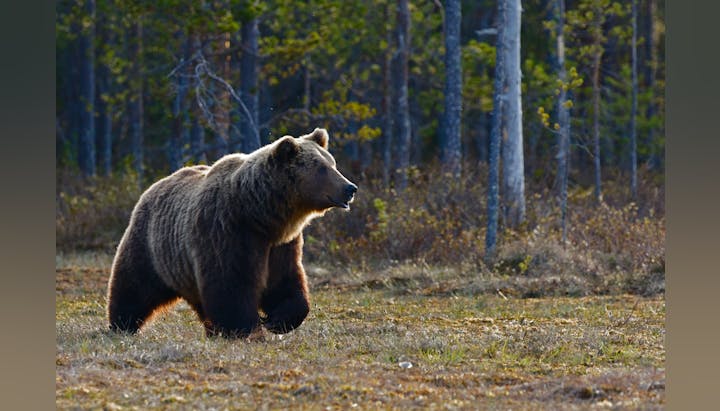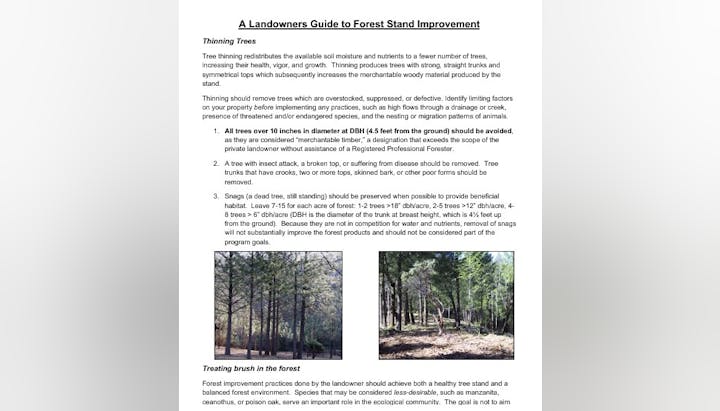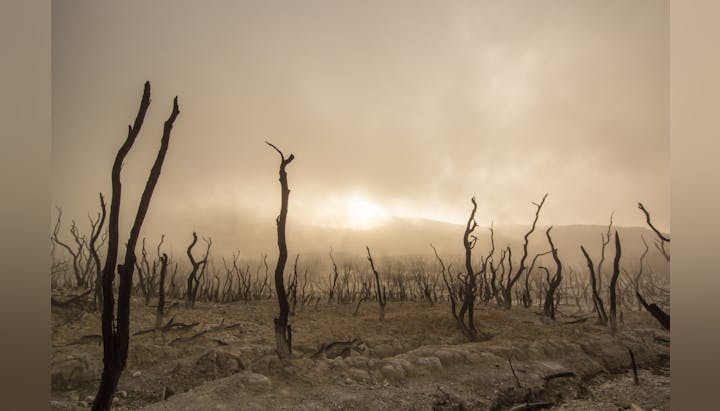Forest Health & Wildfire Resiliency
Forest health is not only vital for sustainable forests, it is critical for clean water, clean air, tourism, recreation, and other ecosystem services. The Department of Forestry and Environmental Resources is uniquely positioned to examine and address the full-spectrum of forest health and provide solutions to these significant challenges.
During the past 15 years more than 100 million hectares of forests worldwide were severely damaged by insects and diseases that significantly impact growth, productivity, biodiversity, ecological stability and ecosystem services. Forests, damaged by pests and other diseases, impacts both natural and urban ecosystems. Threats to forest health exist not only from native pests, which aided by climate change are expanding into new environments, attacking novel hosts and entering unprecedented epidemic phases, but also from the unintentional spread of non-native insects and pathogens accelerated by globalization. Once exotic pests are introduced into areas free of natural enemies and co-evolved hosts, they often threaten the potential extinction of forest tree species.
California’s forests are plagued with excess fuels. What remains to be seen is how those fuels are dealt with. We could simply leave it there and watch it burn, or we could remove some of it in prescribed burns or we can harvest it and put it to good use. Consider Biomass, a clean enery produced by burning organic material and converting the heat to electricity or even converting the biomass to fuel cars. Because trees can be replanted, forest biomass represents a largely untapped source of renewable energy. The more energy we derive from renewable sources like biomass, the less need we have to burn fossil fuels that give off greenhouse gases into the air. Furthermore, the more excess fuels we burn to generate electricity, the less we have to watch burn in catastrophic wildfires.










